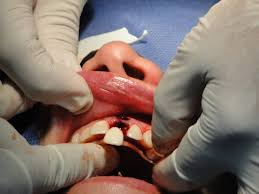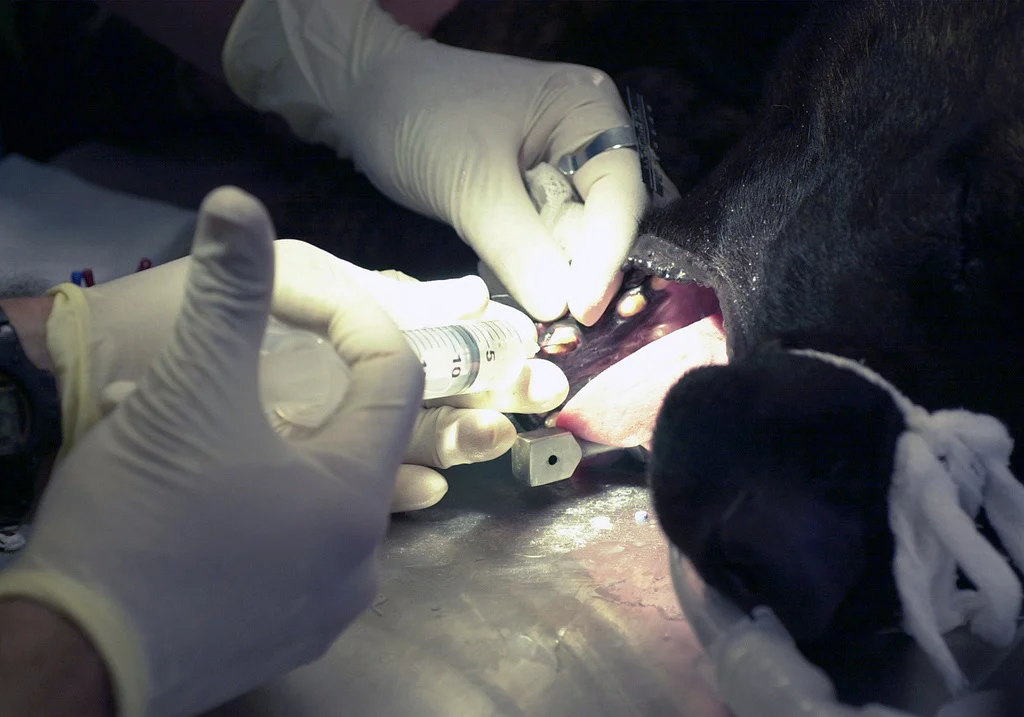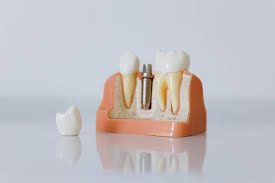Have you ever wondered how the marvels of modern technology have reshaped the dental world, particularly in the realm of dental implants? This introductory piece dives deep into the groundbreaking Cone Beam Computed Tomography (CBCT) technology, a game-changer in dental implantology. If you're keen on discovering how CBCT for dental implants is paving the way for more precise, safer, and successful implant procedures, you're in the right place.
Whether you're simply curious or delving into the preparatory phase for a dental implant, this article will enrich your knowledge on CBCT scan for dental implants, ensuring you understand its critical role in enhancing implant success rates. Get ready to explore how this cutting-edge technology works and why it's immensely beneficial for both dental professionals and patients alike.
Understanding CBCT for Dental Implants: A Revolutionary Leap in Diagnostics

In the world of dental implants, precision is paramount. Enter CBCT for dental implants, a revolutionary diagnostic tool that has transformed the landscape of implant dentistry. CBCT, or Cone Beam Computed Tomography, offers a 3D view of the oral and maxillofacial region unlike any other imaging technique available.
This technology provides detailed images of bone structure, tooth orientation, nerves, and soft tissues, making it an invaluable asset in planning and executing dental implant procedures.
With the surge in demand for dental implants, CBCT has become indispensable, offering unprecedented accuracy that enhances treatment planning. This leap in diagnostic capability ensures that dental professionals can tailor implant strategies to the unique anatomy of each patient, significantly boosting the success rates of implant surgeries.
Navigating the Process: How CBCT Scan for Dental Implants Works
Diving deeper into the technological prowess of CBCT scan for dental implants, it's vital to grasp how this technique works and why it's a cornerstone in the planning phase of dental implants. Unlike traditional dental X-rays that offer a flat, two-dimensional view, a CBCT scan provides a 360-degree, three-dimensional image of the teeth, jawbone, and surrounding anatomy.
During the scan, the CBCT machine rotates around the patient's head, capturing multiple images from different angles.
These images are then compiled into a single 3D image by sophisticated computer software. This comprehensive view allows dental professionals to assess the quality and density of the jawbone, vital for determining the optimal placement of an implant. Additionally, CBCT scanning can identify potential issues such as infections or tumors, ensuring a highly accurate and customized treatment plan that significantly minimizes risks and improves outcomes.
The Role of CBCT in Elevating the Accuracy of Implant Placement

CBCT technology has unequivocally changed the game in dental implantology by elevating the accuracy of implant placement to unprecedented levels. This accuracy is not just about ensuring a visually perfect implant; it's about patient safety, comfort, and the long-term success of the implant itself.
With the detailed 3D images provided by a CBCT scan, dental professionals can navigate the intricate landscape of the mouth with greater confidence, identifying the precise location for implantation.
This precision reduces the risk of damaging critical structures like nerves or sinuses, which can occur with less accurate imaging methods. Furthermore, CBCT for implants allows for the creation of a tailored surgical guide. This guide acts as a real-world roadmap during surgery, dictating depth, angle, and the exact location for implant placement, thereby maximizing the potential for a successful implant that blends seamlessly with the natural architecture of the patient's dental structure.
CBCT in Dental Implants: From Planning to Perfection
The implementation of CBCT in dental implants doesn't stop at the planning stage; it seamlessly bridges the gap between theoretical planning and surgical perfection. By offering a detailed roadmap of the patient's oral anatomy, CBCT scans ensure that every step of the implant process is informed and accurate.
This begins with the selection of the appropriate size and type of implant, tailored to fit the specific density and volume of the patient's jawbone.
It also influences the approach to surgery, enabling minimally invasive techniques that reduce recovery time and post-operative discomfort.
Furthermore, CBCT in dental implants facilitates real-time adjustments during the surgery, allowing dental professionals to adapt to any unforeseen anatomical nuances, ensuring that the final placement is as close to the planned outcome as possible. This meticulous attention to detail at every stage significantly enhances the aesthetic and functional success of the implant.
Breaking Down the Benefits: Why CBCT Technology is a Game-Changer for Implants

Why is CBCT technology considered a game-changer for dental implants? The advantages it brings to the table are multifaceted and profoundly impactful.
First, the precision of CBCT imaging minimizes the likelihood of complications during and after dental implant surgeries. This not only enhances the safety profile of implant procedures but also contributes to improved patient satisfaction and outcomes.
Second, the ability to meticulously plan the implant procedure with CBCT scans leads to a more efficient, predictable, and faster healing process, helping patients to return to their routine quicker. Moreover, CBCT technology provides detailed insights into the bone structure and density, crucial for ensuring the longevity and stability of the implant.
Lastly, by enabling a less invasive surgical approach, CBCT scans contribute to a significant reduction in patient discomfort and swelling post-surgery. Collectively, these benefits underscore why CBCT technology has become indispensable in modern dental implantology, promising a future where dental implants are safer, faster, and more reliable than ever before.
